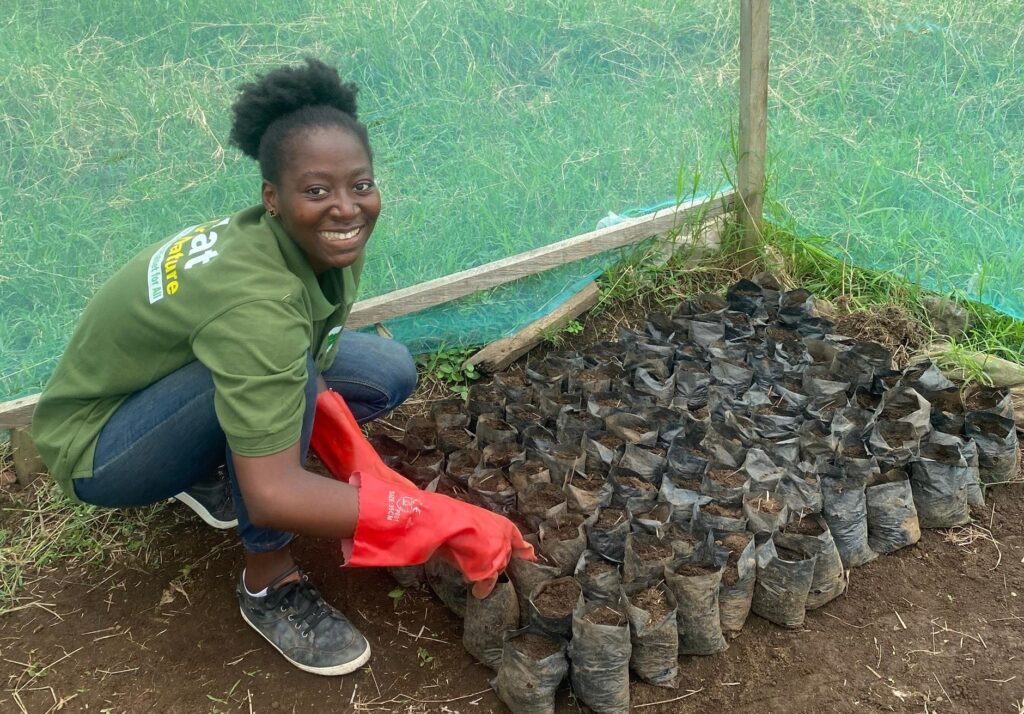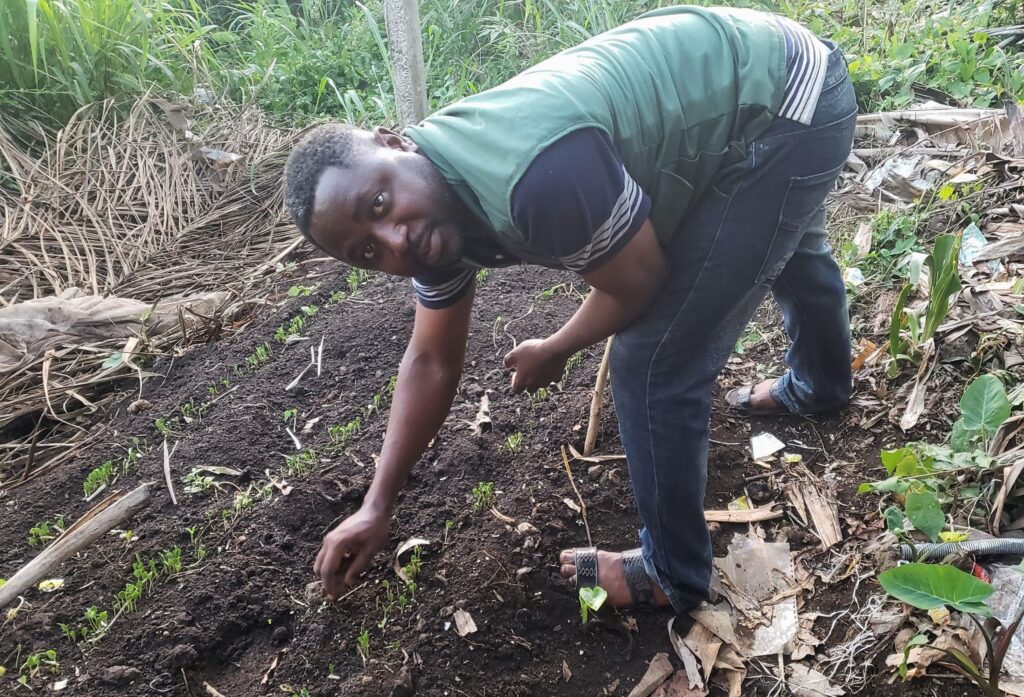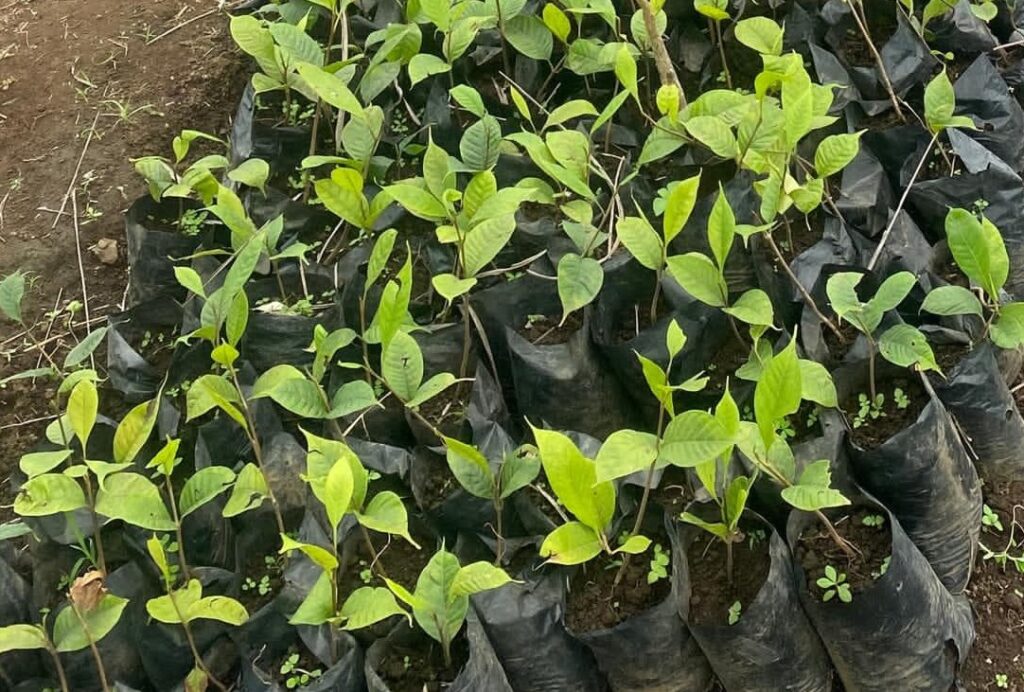A Cameroon community-based conservation and sustainable development non-profit organization, Voice of Nature (VoNat), is currently engaged in the propagation of 10,000 agroforestry and threatened tree species in Buea, Cameroon. This activity is part of an ongoing project, which aims to conserve endangered wildlife in Mount Cameroon through threatened trees domestication and agroforestry, funded by New England Biolabs Foundation.

The project focuses on growing agroforestry and threatened tree species in nurseries, mentoring and engaging 100 smallholder farmers in the Mount Cameroon Area in agroforestry practices and threatened trees domestication.
“Through this project, we hope to donate 5000 agroforestry trees to 100 smallholder farmers around the Mount Cameroon National Park while also enhancing their capacity in regenerative agriculture and other agroforestry practices. This will reduce the destructive deforestation and yearly encroachment into this biodiversity hotspot in search of arable lands and fuel wood,” the Executive Director of VoNat, Ndimuh B. Shancho, explained.

The VoNat boss also noted that over 1000 threatened tree species is being propagated that will be donated to 100 households for domestication. This, according to him, will limit the wanton destruction of threatened tree species within the Mount Cameroon National Park for furniture and traditional medicine and enhance the long term conservation of the species.
The Mount Cameroon Area is an IUCN Category II protected area in Cameroon, host to mammals like drill (Papio leucophaeus), Nigeria-Cameroon chimpanzee (Pan troglodytes), putty-nosed monkey (Cercopithecus nictitans), mona monkey (Cercopithecus mona), and Preuss‟ guenon (Cercopithecus preussii) amongst others. The area also has over 2,435 tree species, including Zebra wood (Microberlinia bisulcata), Iroko (Milicia excela), Pidgeum (Prunus Africana), Camwood (Baphi anitida), Mahogany (Swieteniam acrophylla), and Boma (Ceiba pentandra). Meanwhile, up to 210 species of birds have been recorded, including Francolin (Francolinus camerunensis), the Black capped Speirops (Speirops lugubris), and the Grey-necked Picathartes (Picathartes oreas) amonsgt others.
By Jabi Katy Chale

